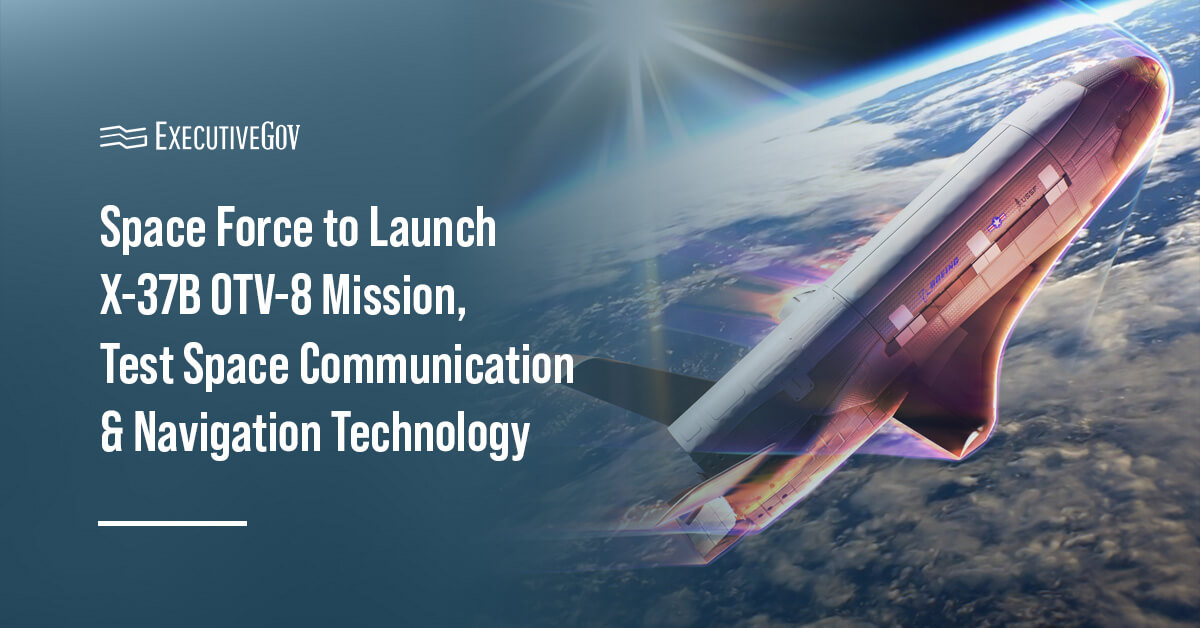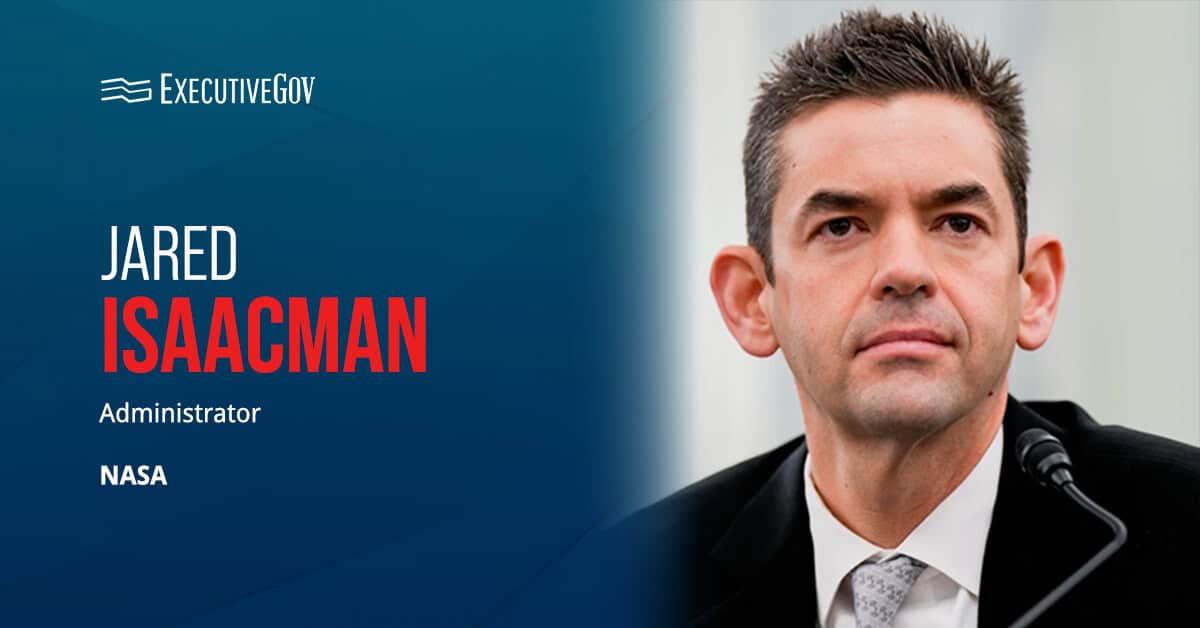The U.S. Space Force, in collaboration with the Air Force Rapid Capabilities Office, is set to launch the eighth X-37B Orbital Test Vehicle mission onboard the USSF-36 SpaceX Falcon 9 rocket on Aug. 21 from the Kennedy Space Center in Florida.
Join the Potomac Officers Club’s 2025 Air and Space Summit on July 31 and discover the newest developments in air and space defense.
Table of Contents
Boosting Space Communications
The Space Force said Monday the X-37B OTV-8 mission aims to conduct tests on laser communications and a high-performance quantum inertial sensor as part of efforts to strengthen space communication architectures.
Laser communication’s shorter infrared wavelength allows more data to be transmitted and offers enhanced security compared to radio frequency transmissions, which can be vital for space communications. This advanced technology will be tested using proliferated commercial satellite networks in Low Earth Orbit. These networks eliminate single points of failure, further strengthening the space architectures’ resilience.
“OTV-8’s laser communications demonstration will mark an important step in the U.S. Space Force’s ability to leverage proliferated space networks as part of a diversified and redundant space architecture,” said Chief of Space Operations Gen. Chance Saltzman. “In so doing, it will strengthen the resilience, reliability, adaptability and data transport speeds of our satellite communications architecture,” the three-time Wash100 Award winner added.
Enhancing Space Navigation
The advanced quantum inertial sensor will be tested in space for the first time. The test will showcase the sensor’s ability to enable accurate and unaided space navigation, especially in cislunar space and other environments without GPS. The sensor will measure the rotation and acceleration of atoms without relying on traditional GPS and other satellite networks.
The quantum inertial sensor is also designed to boost the navigational resilience of U.S. spacecraft when facing threats and potentially enable long-distance space travel and exploration.






